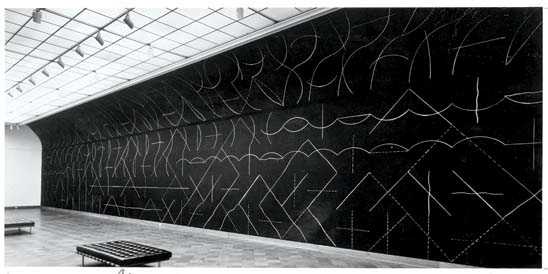
Learning Objectives
Students will learn the basics of mark making using traditional drawing pencils. Students will be able to create and explore a variety of marks.
Info
“Marks are the alphabet that forms the words that make the prose, and are the elements with which the drawing is made. Mark-making is the broad term used to include all marks that are made visible as a manifestation of applied or gestural energy. It is the gestural language of drawing, and marks are the component parts within it. There are an infinite number of marks possible, and our nomenclature for them is very limited – lines, dots, dashes, smudges, etc. It is difficult to refer to specific marks, and know that the term adequately communicates its intended meaning. Everybody makes his or her own unique set of marks and every medium has its own particular quality of mark.” (from Drawing Projects: An Exploration of the Language of Drawing)
Materials
- Plain White Drawing Paper, 18″ x 24″
- Drawing Pencils
- Charcoal
- Eraser
- Chamois
- other as needed
Sketchbook Mini-Assignments
1. Using your sketchbook and a number 2 pencil, create 2 entire pages of various marks. Try to create as many different types as possible.
2. Using a different media – marker, pen, charcoal – create another 2 pages in your sketchbook. How does a different media produce different results?
3. Watch the videos linked below and take notes on them in your sketchbook. Do you identify with drawings that are more spontaneous or planned out? If you have someone else do the work, as is the case with Sol Lewitt’s drawings, is it still art? Why or why not?
Project
Using a large sheet of 18″ x 24″ white drawing paper, create a drawing using as many different marks as possible. While you explore as many variations of mark making as possible, your finished drawing should have some form of composition. It should not look like a random collection of lines, but a purposeful exploration of line.
You will be doing two of these drawings.
The first drawing should be based on responding to the drawing as it comes. If you have a dark area, what would a light area look like next to it? Lots of smooth marks, what about contrasting them with rough marks?
The second drawing should primarily be based on geometric patterns and grids. You may have some responsive drawing, but the majority of the drawing should be geometric and controlled
Research
Julie Mehretu
William Kentridge (Video)
Tomasz Talaj
Cai Guo-Qiang